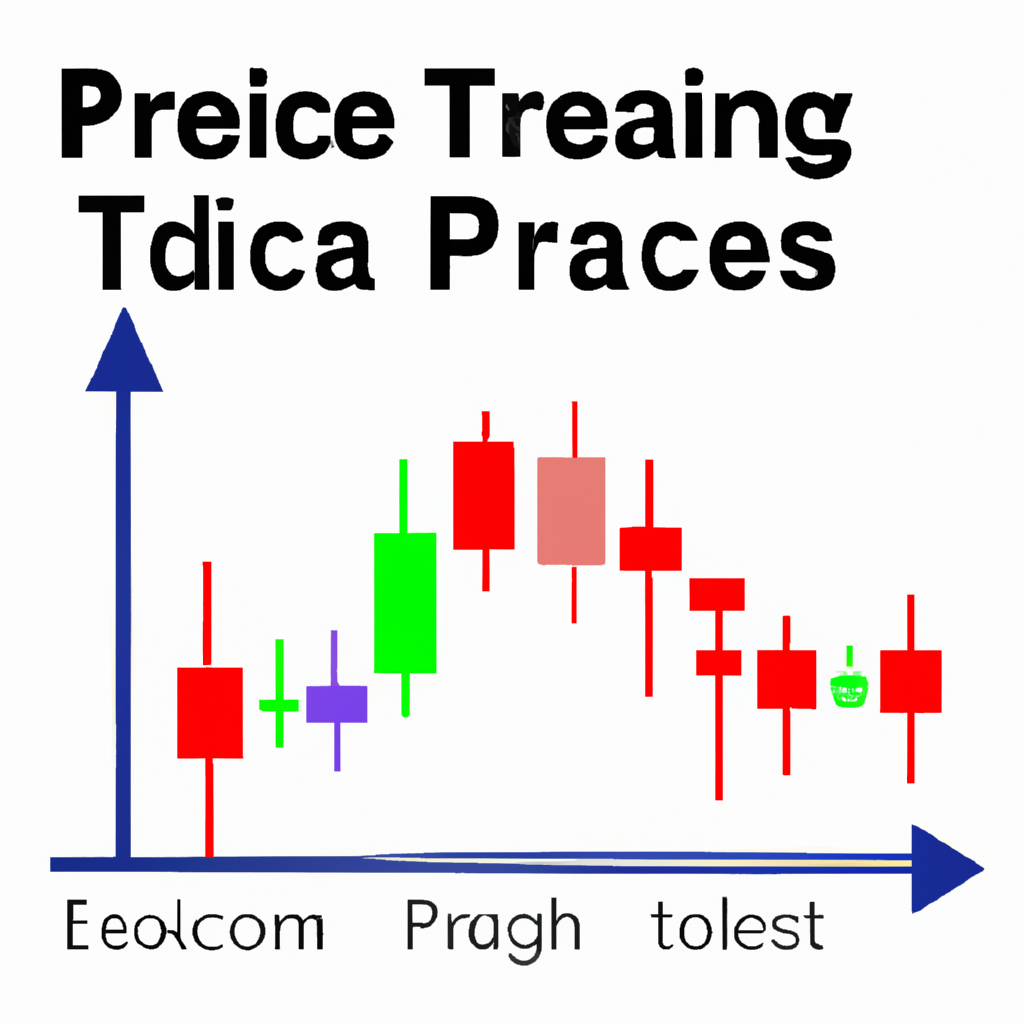
Using Pivot Points for Day Trading
What are Pivot Points?
Pivot points are technical indicators used by traders to identify potential support and resistance levels in the market. These levels are calculated based on the previous day’s high, low, and closing prices, and can help traders determine entry and exit points for their trades.
How to Calculate Pivot Points
There are several methods for calculating pivot points, but the most common formula is as follows:
Standard Pivot Point Formula:
Pivot Point = (High + Low + Close) / 3
Support 1 = (2 * Pivot Point) – High
Resistance 1 = (2 * Pivot Point) – Low
Support 2 = Pivot Point – (High – Low)
Resistance 2 = Pivot Point + (High – Low)
Using Pivot Points in Day Trading
When using pivot points for day trading, traders typically look for price action around these levels to determine their trading strategy. Here are some ways traders can use pivot points in their day trading:
1. Identifying Key Levels
Traders use pivot points to identify key support and resistance levels in the market. These levels can act as potential entry and exit points for trades.
2. Setting Stop Loss and Take Profit Levels
Traders can use pivot points to set stop loss and take profit levels for their trades. Support and resistance levels provided by pivot points can help traders manage their risk effectively.
3. Confirming Reversal Points
When price approaches a pivot point level, traders can look for confirmation of a reversal by analyzing price action and other technical indicators. This can help traders make more informed trading decisions.
Conclusion
Pivot points are valuable tools for day traders to identify potential support and resistance levels in the market. By using pivot points in their trading strategy, traders can make more informed decisions and improve their overall trading performance.





